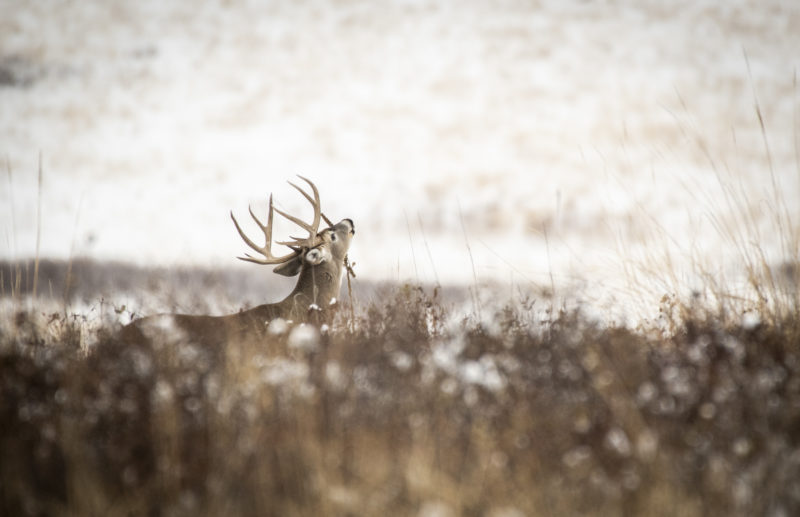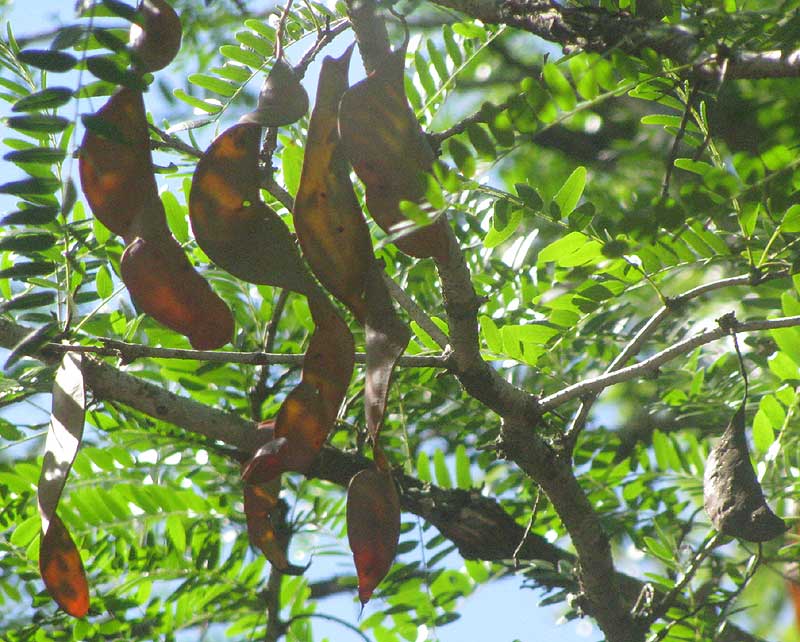Attractive food sources dictatehunting strategies for late-season whitetails, but don’t feel like you’re wasting your time if you don’t have access to cornfields, soybeans or food plots. Standing grains can draw distant deer during the late season, but plenty of food sources can help you fill your tag or find shed antlers.
If you’ve read much about food plots for white-tailed deer, you’re likely familiar with brassicas. These broad-leafed plants include turnips and radishes, which feature a large bulb or tube protruding from the soil. Duck potato, also known as broadleaf arrowhead, is a native brassica that grows in moistwetlands with lots of exposure to sunlight.
Whetherbrassicas grow on private food plots or public wetlands, deer will eat their green leaves during early fall and dig at their bulbs after a hard frost. Those traits make brassicas a reliable food source throughout archery season. Duck potato can be especially effective during the late season if crop fields are nearby. Once the fields are harvested, deer focus their browsing efforts on alternative foods.

You’re more likely to find deer eating woody browse in the depths of the forest rather than out in the open this time of year. Photo credit: John Hafner
Deer constantly browse the tender shoots of young trees, which allows them to eat while concealed in the woods rather than exposed in open fields. Realize, though, that you won’t find fresh stems and new growth in densely wooded areas with thick canopies. Saplings need sunlight to grow, so look for clearcuts or sites where high winds leveled mature trees. These larger openings get saturated in sunlight, which spurs forest regeneration.
Some states even provide maps and aerial photos that show recent timber cuts on public land. Besides providing ideal habitat for upland birds like woodcock and ruffed grouse, clearcuts create destination food sources in areas with few farms and crops.
Hedge trees, also known as Osage orange, are fairly common in parts of the Midwest, and are easily identified by their softball-sized fruit. Leaves on these trees stay green longer than those of most other trees, and usually don’t drop till late October. During that weeklong drop, deer target hedge trees and vacuum up their leaves as quickly as they fall, especially in secluded areas near bedding cover.

Locust pods are a favorite of deer that people might not be aware of. Photo Credit: Penn State
Honey-locust trees can be a hunter’s nightmare. They sport huge thorns that usually make them unsuitable for hanging treestands, but they do have a purpose. Their pods, which look like a rotten banana peel, provide deer many late-season snacks.
Unlike most late-season food sources that deer avoid until daylight wanes, locust pods fall in ideal staging areas where deer congregate in thick cover before heading toward distant crop fields. Although honey-locust trees often grow sporadically in the woods, if you find some near deer trails linking major food sources to bedding areas, you’ve likely found a bowhunting hotspot.
Keep these food sources in mind if your hunting land lacks conventional manmade food sources. In fact, consider yourself lucky. Overlooked food sources attract few hunters, and yield great opportunities for ambushing unsuspecting whitetails.